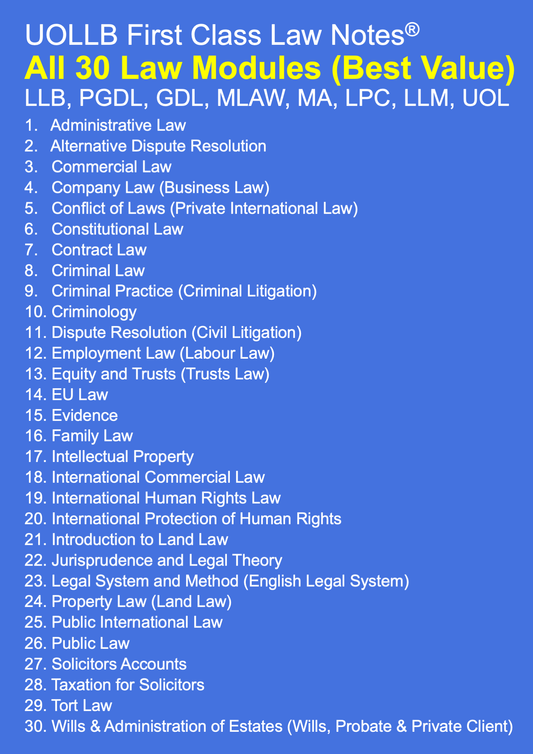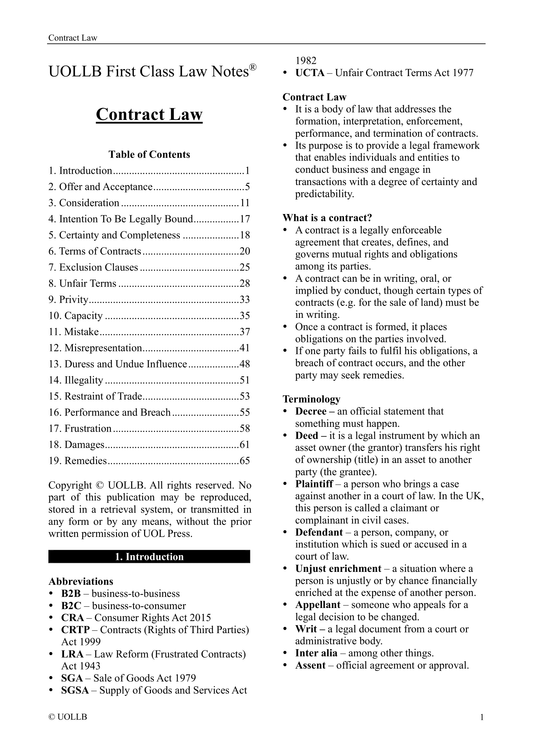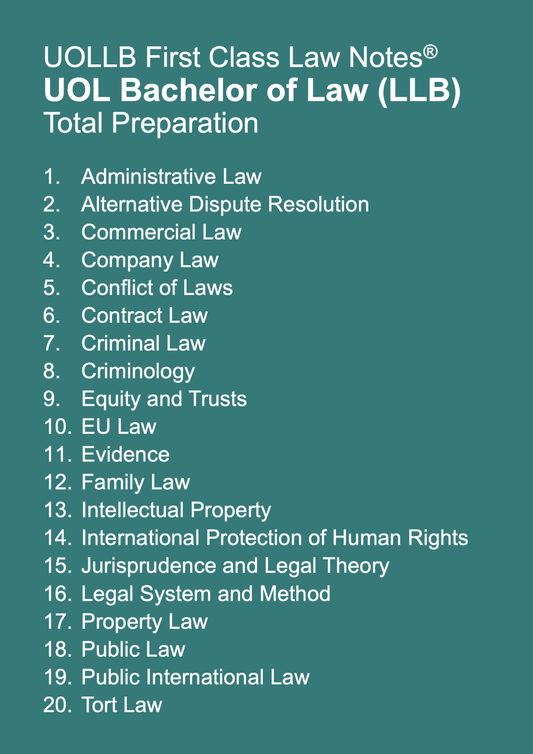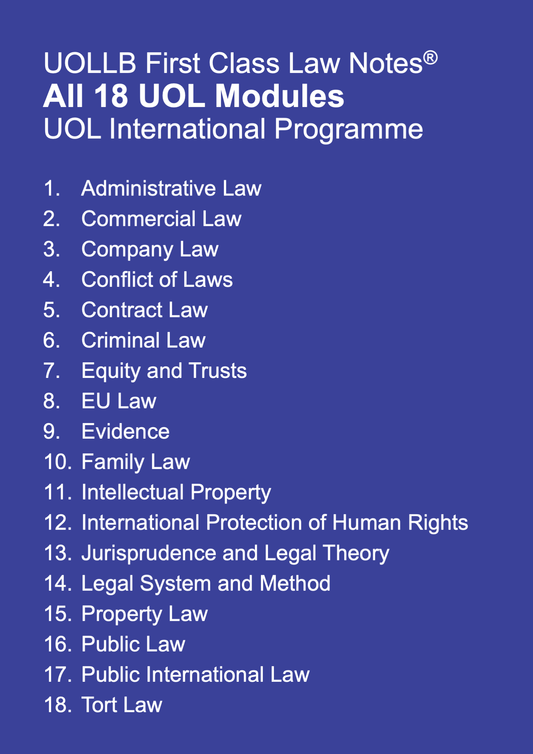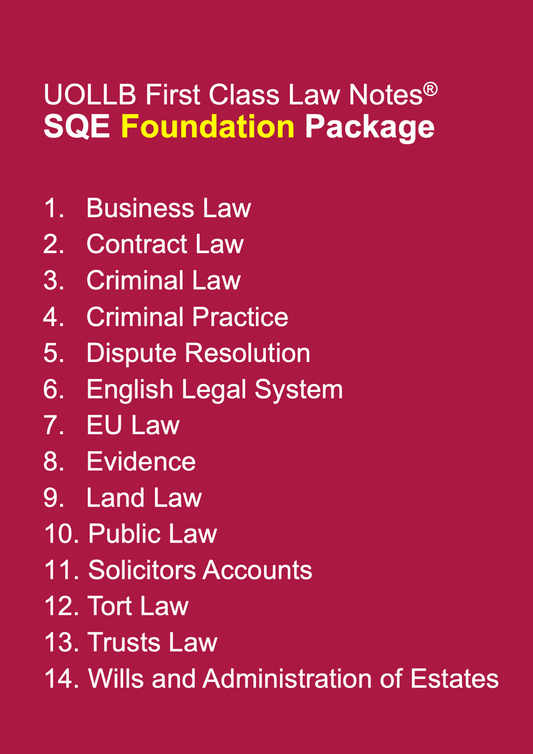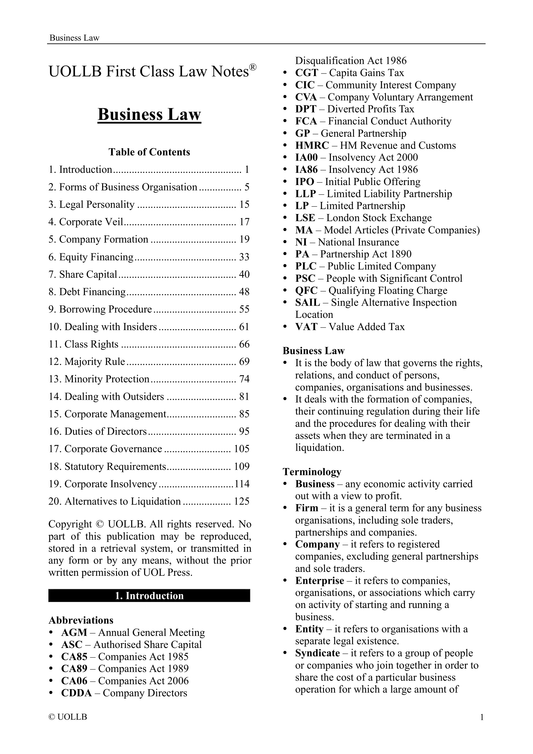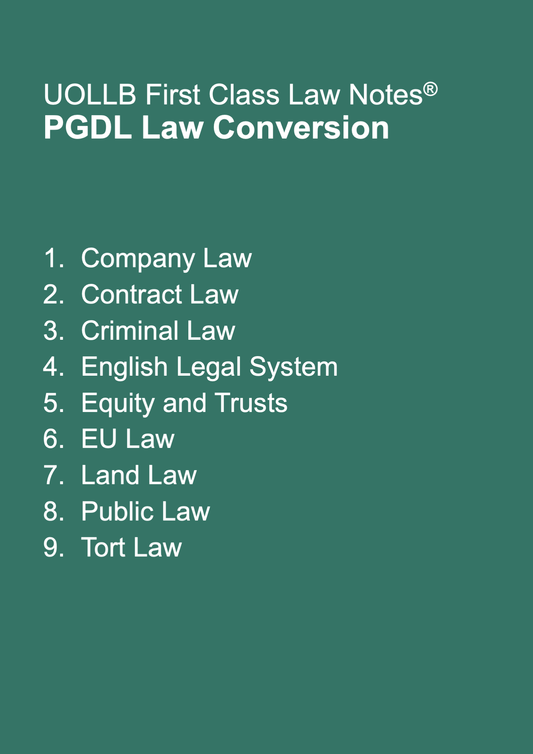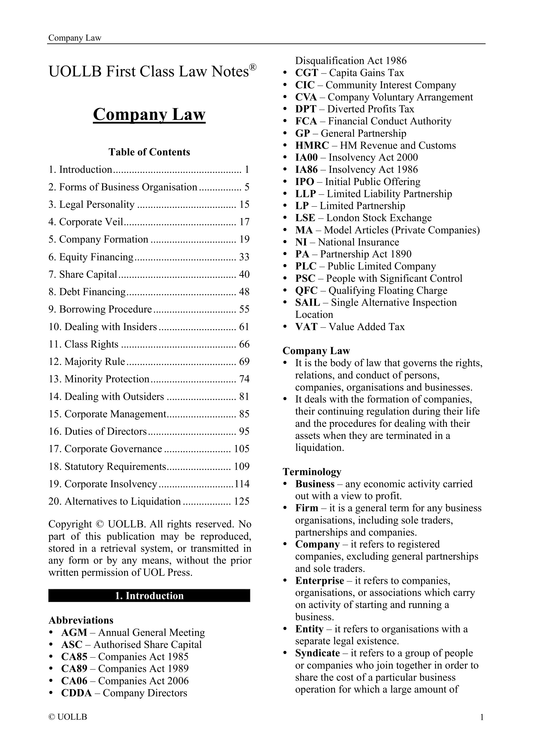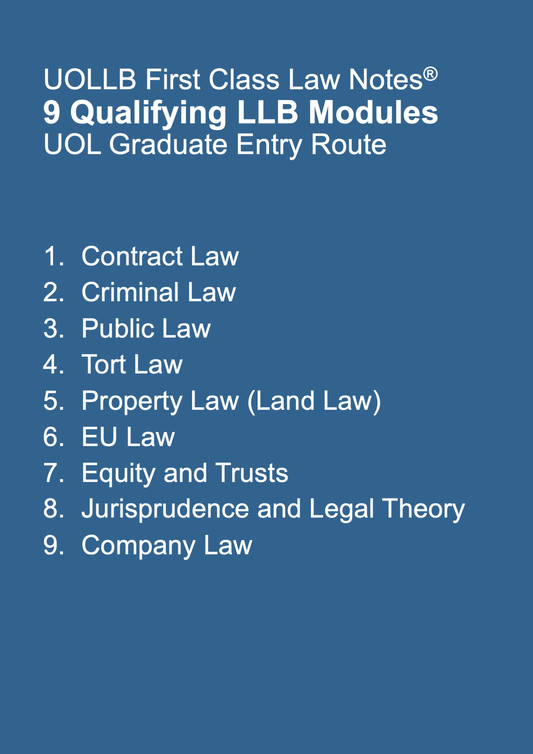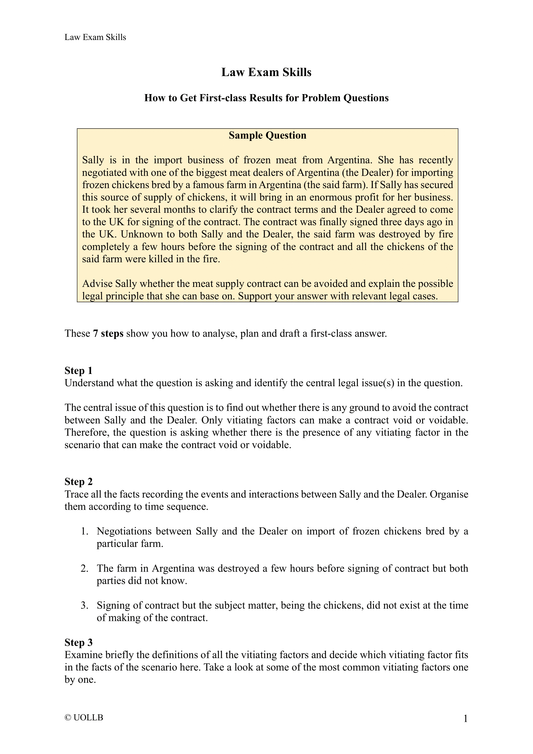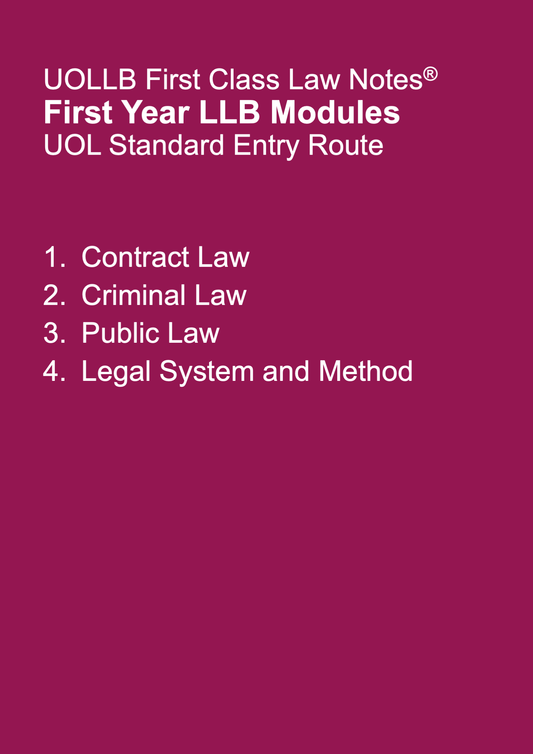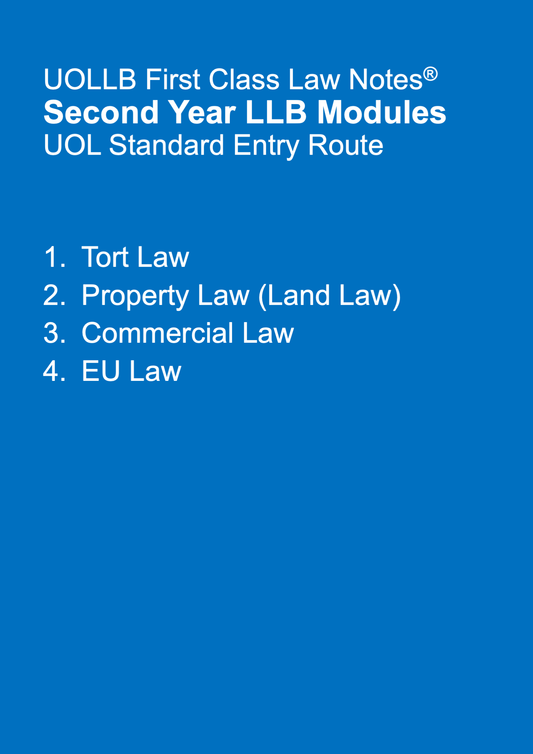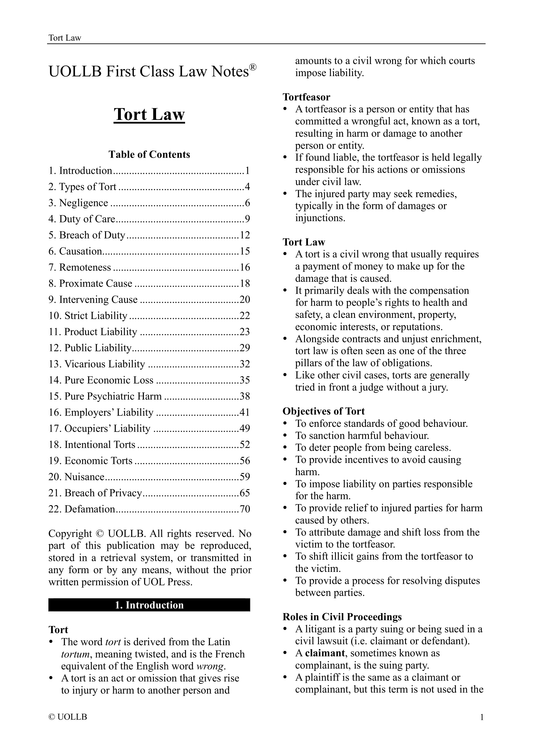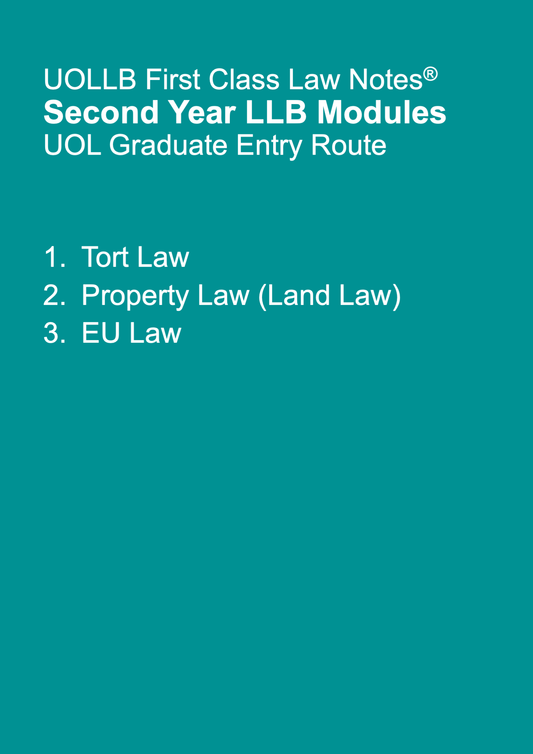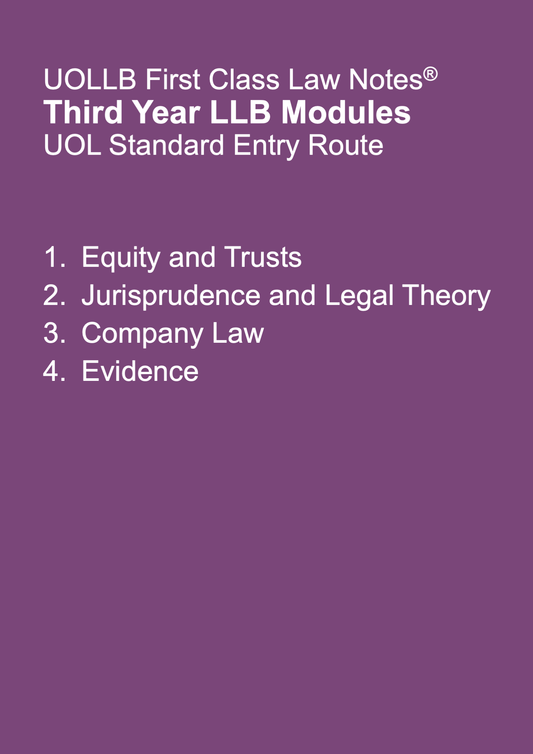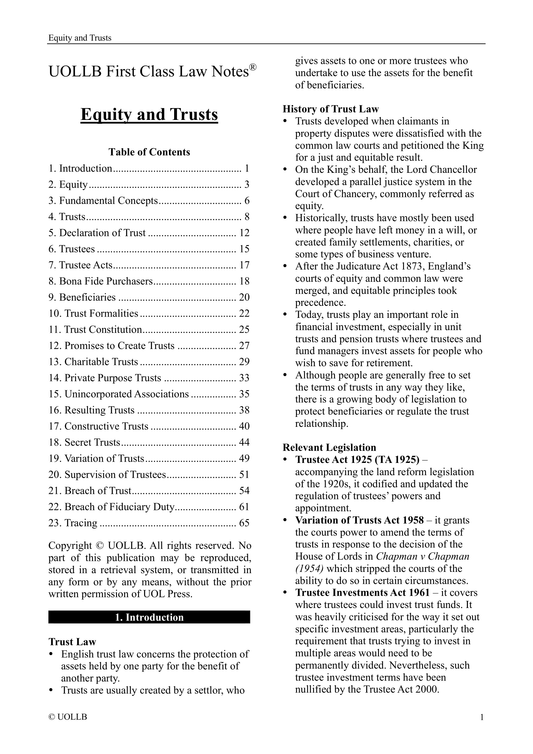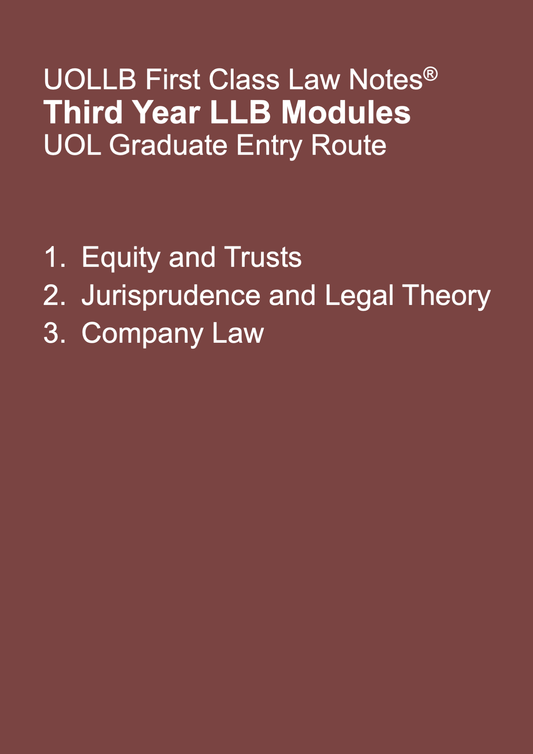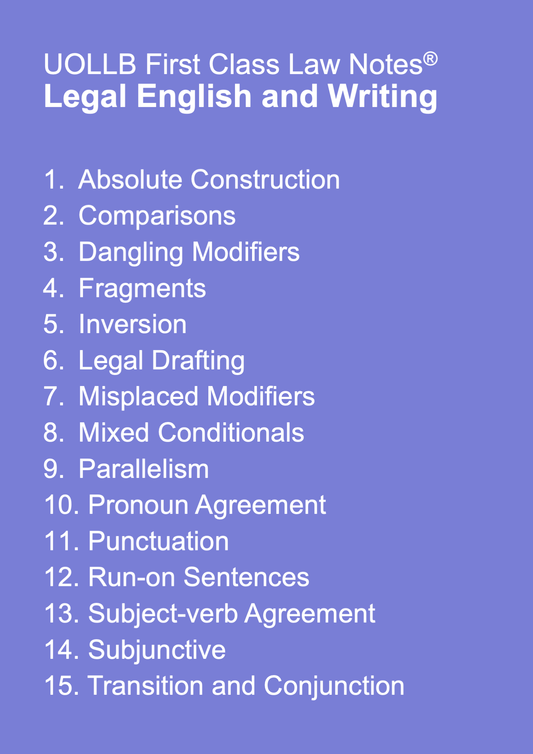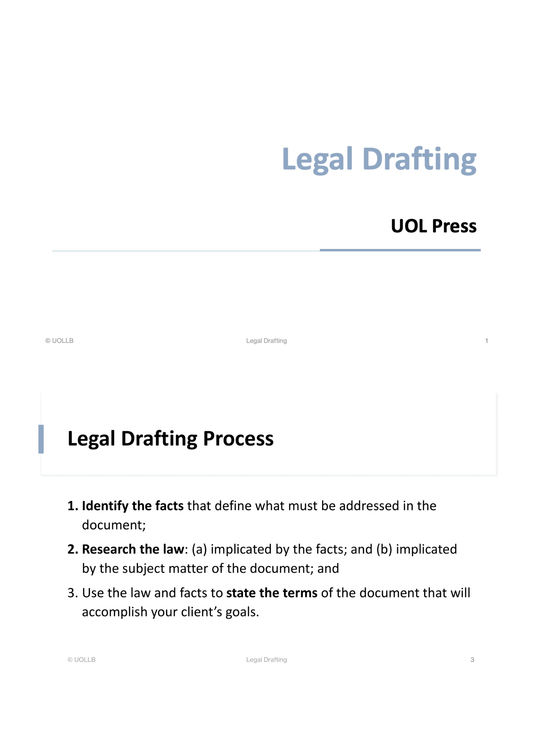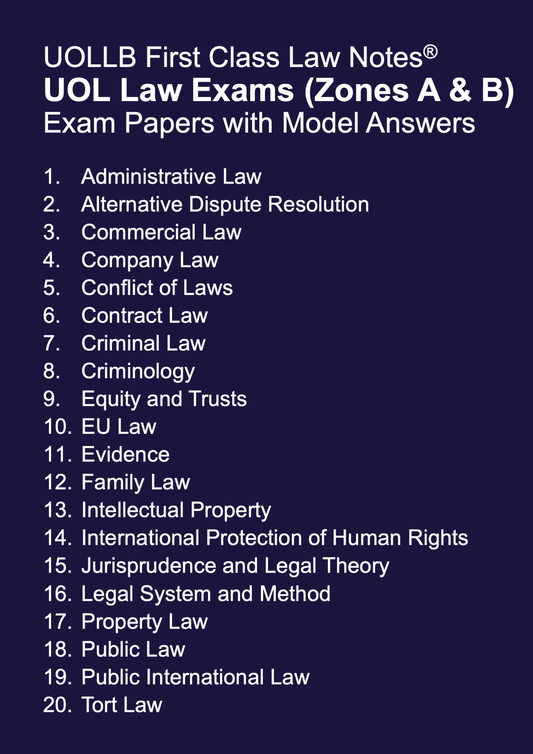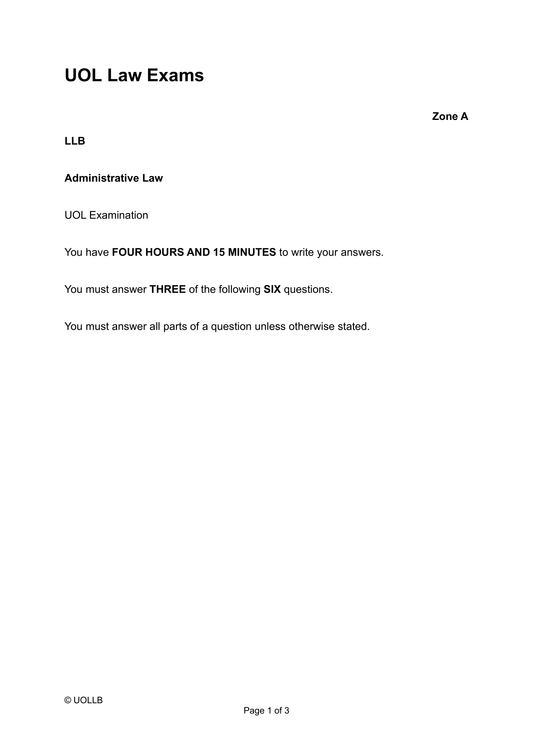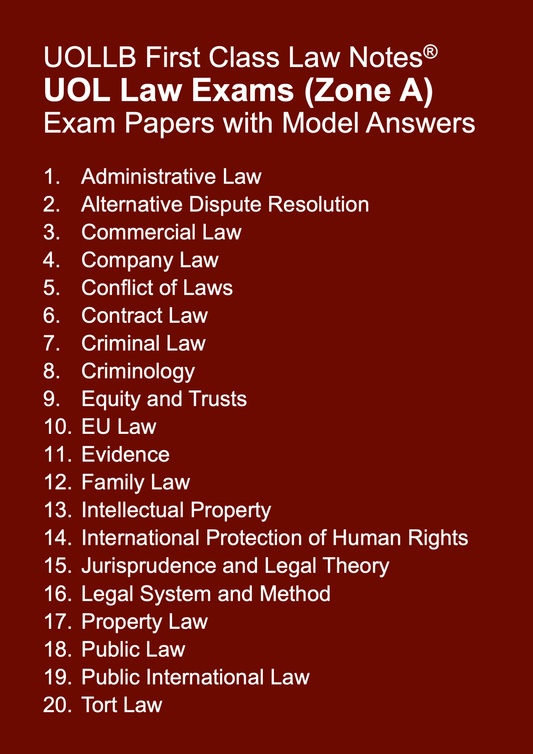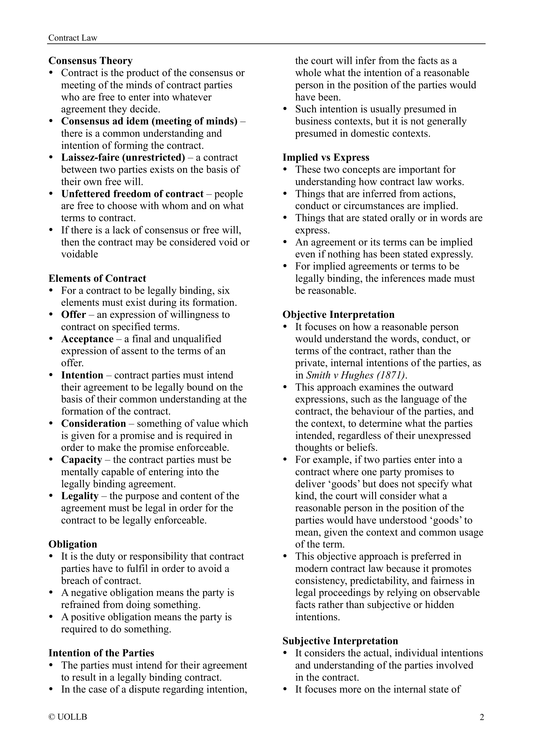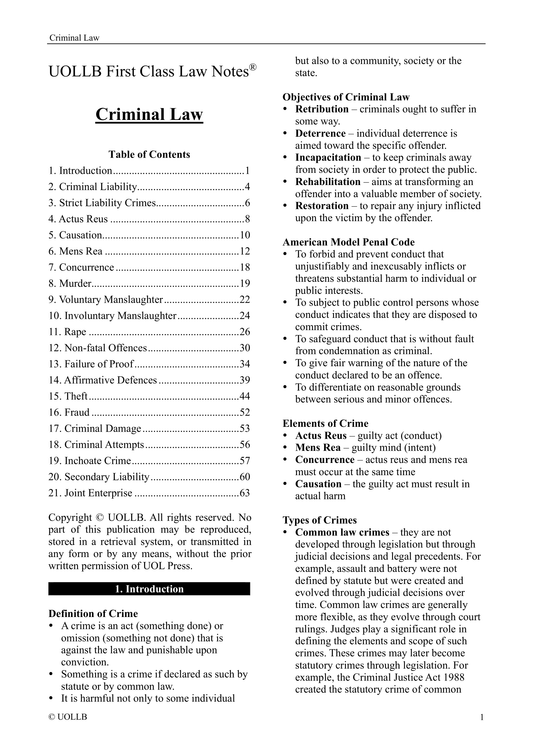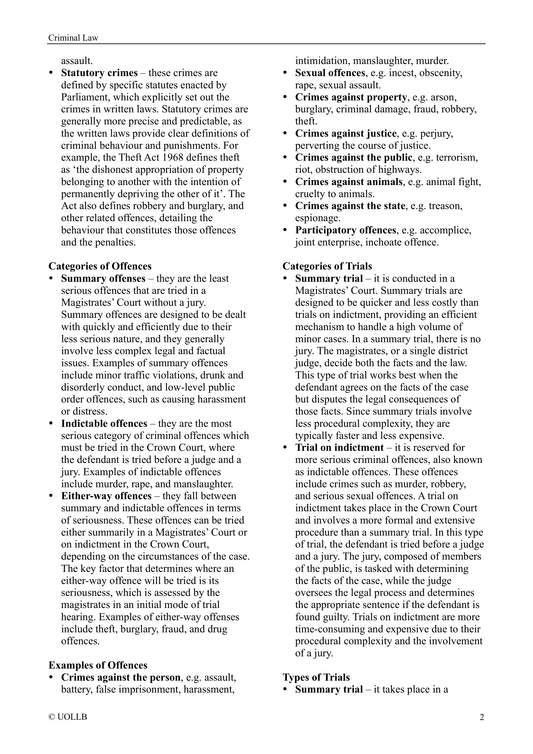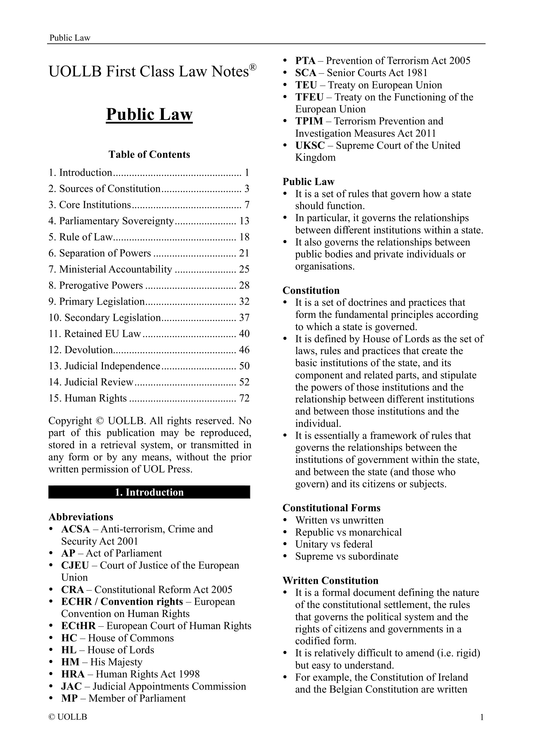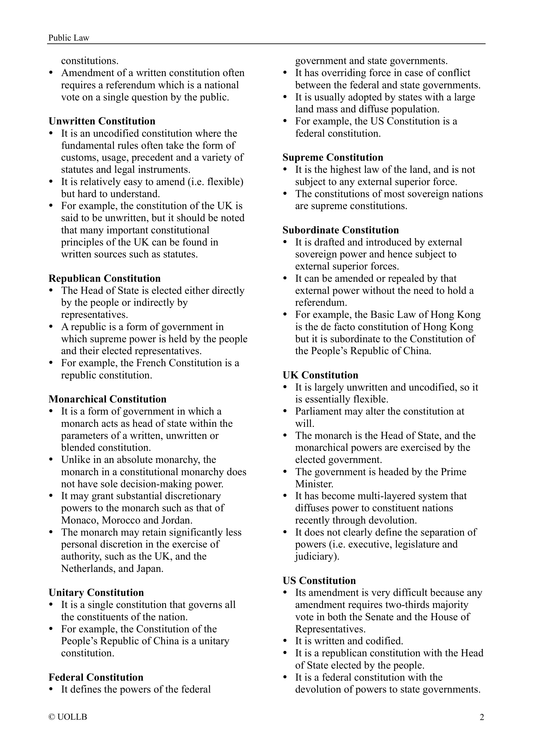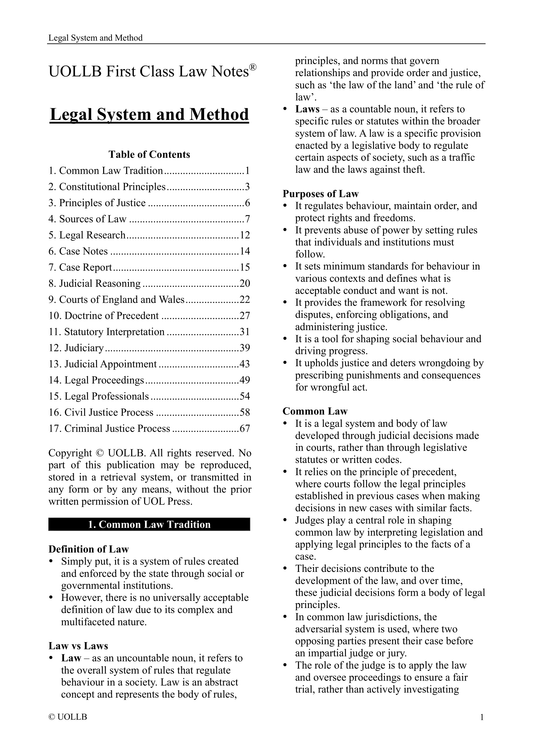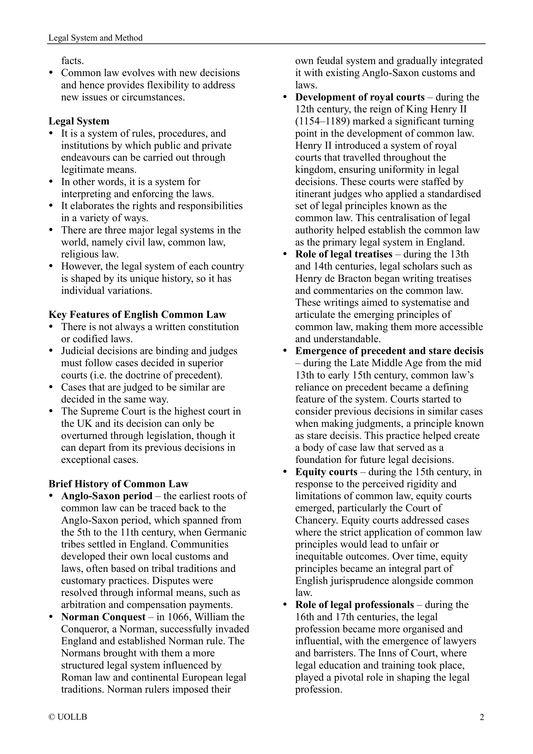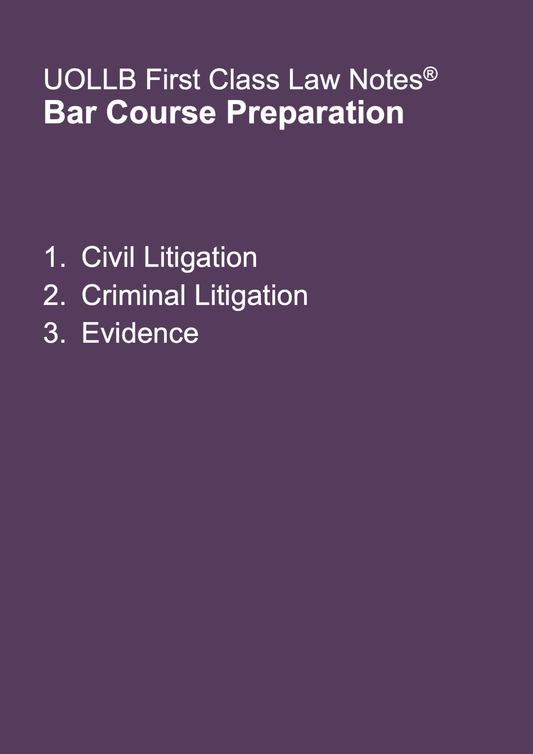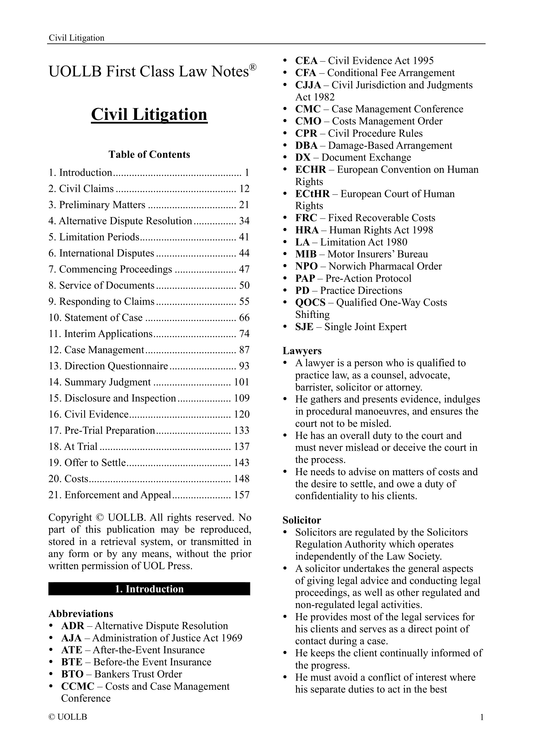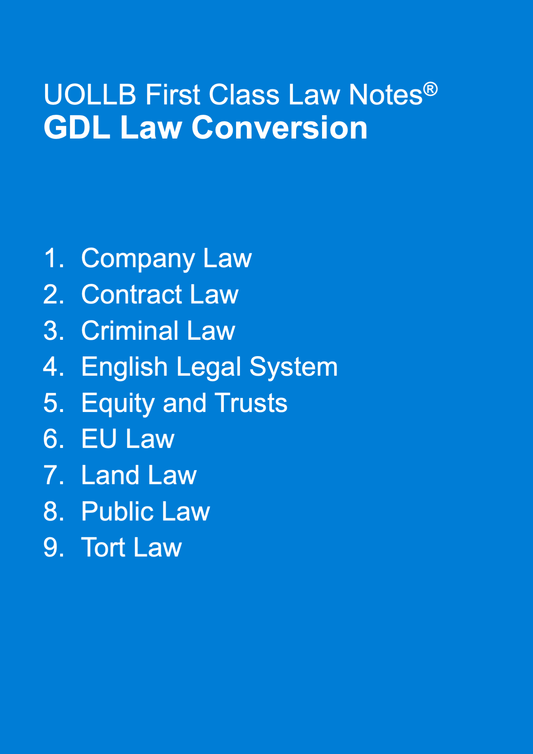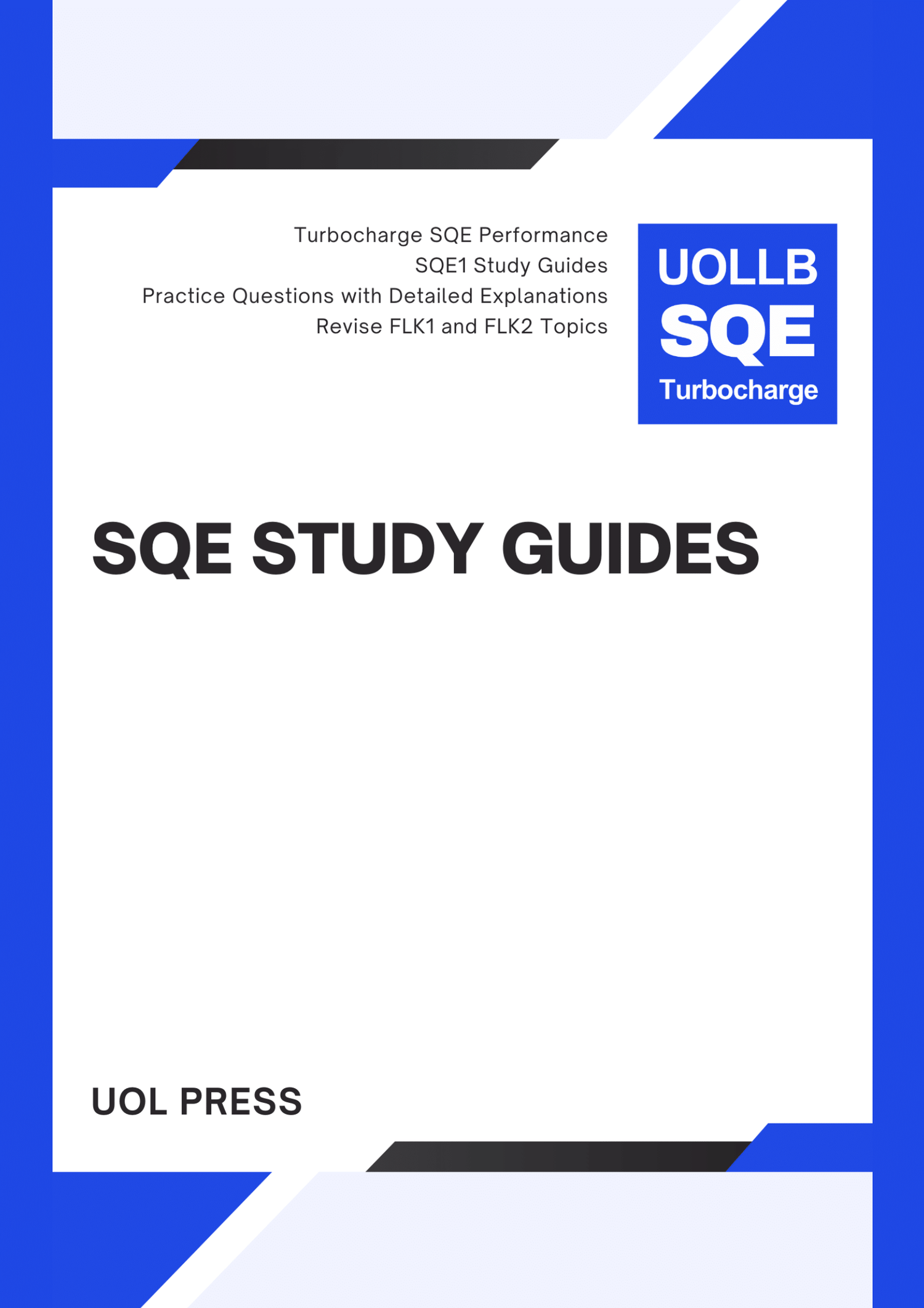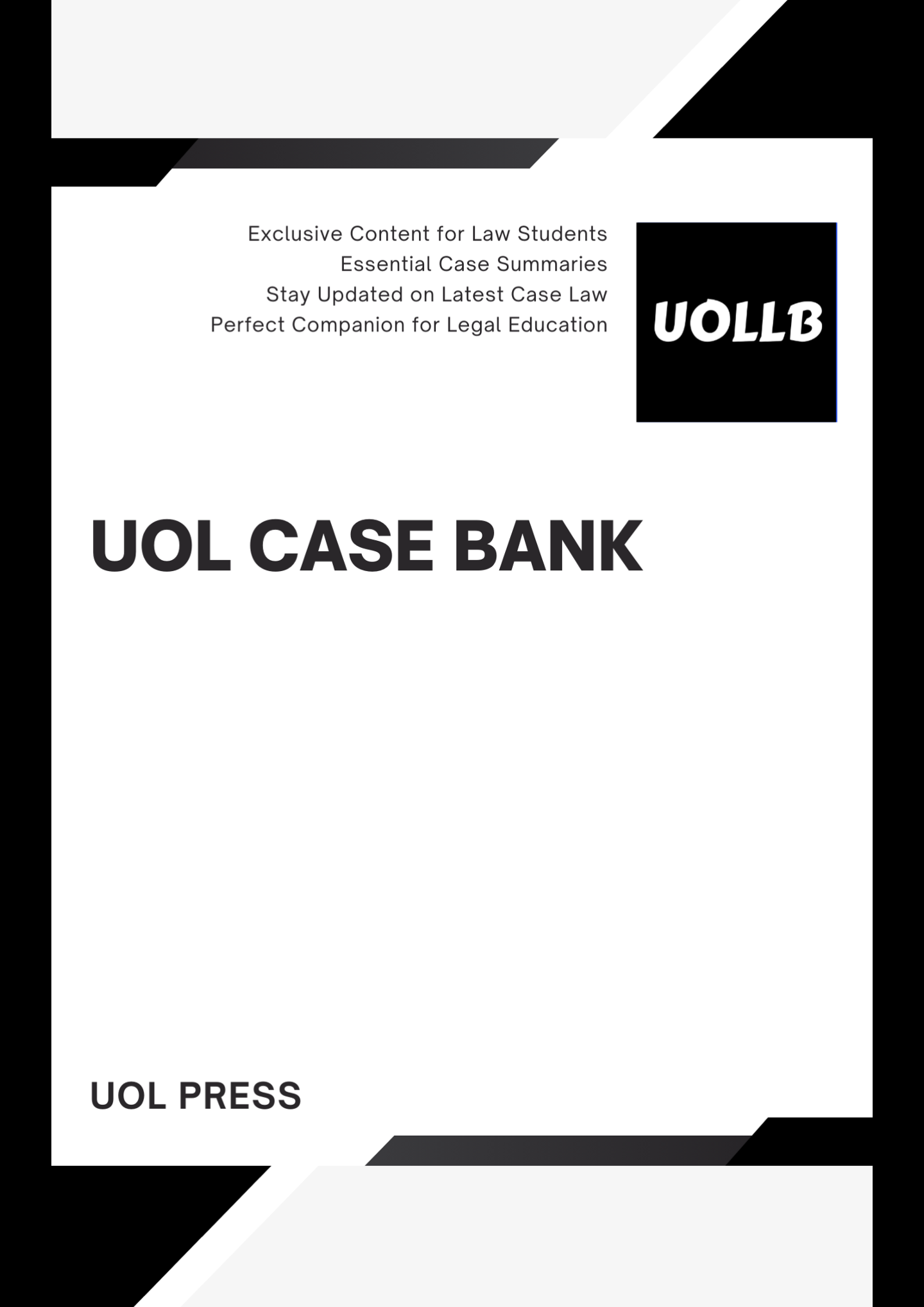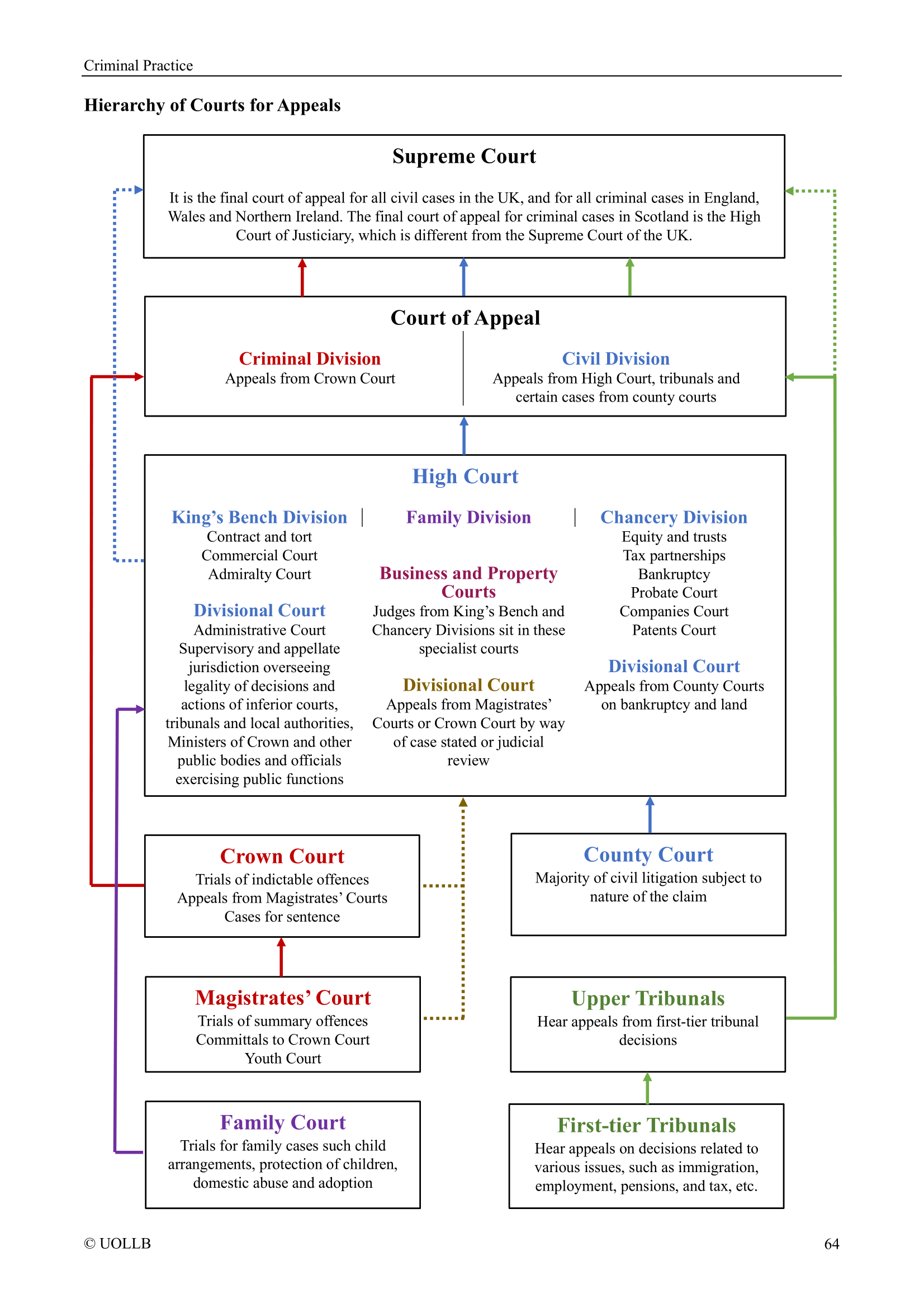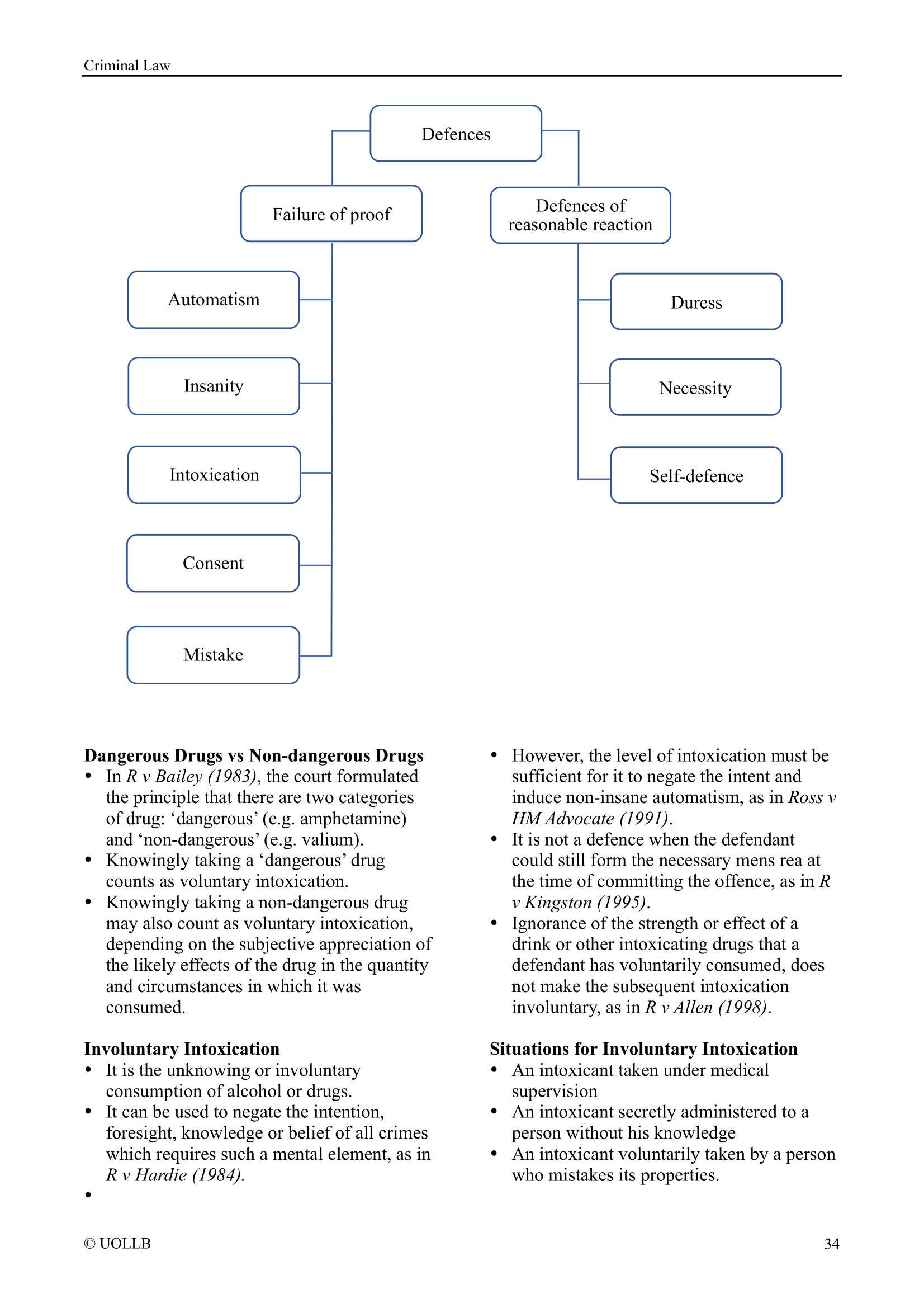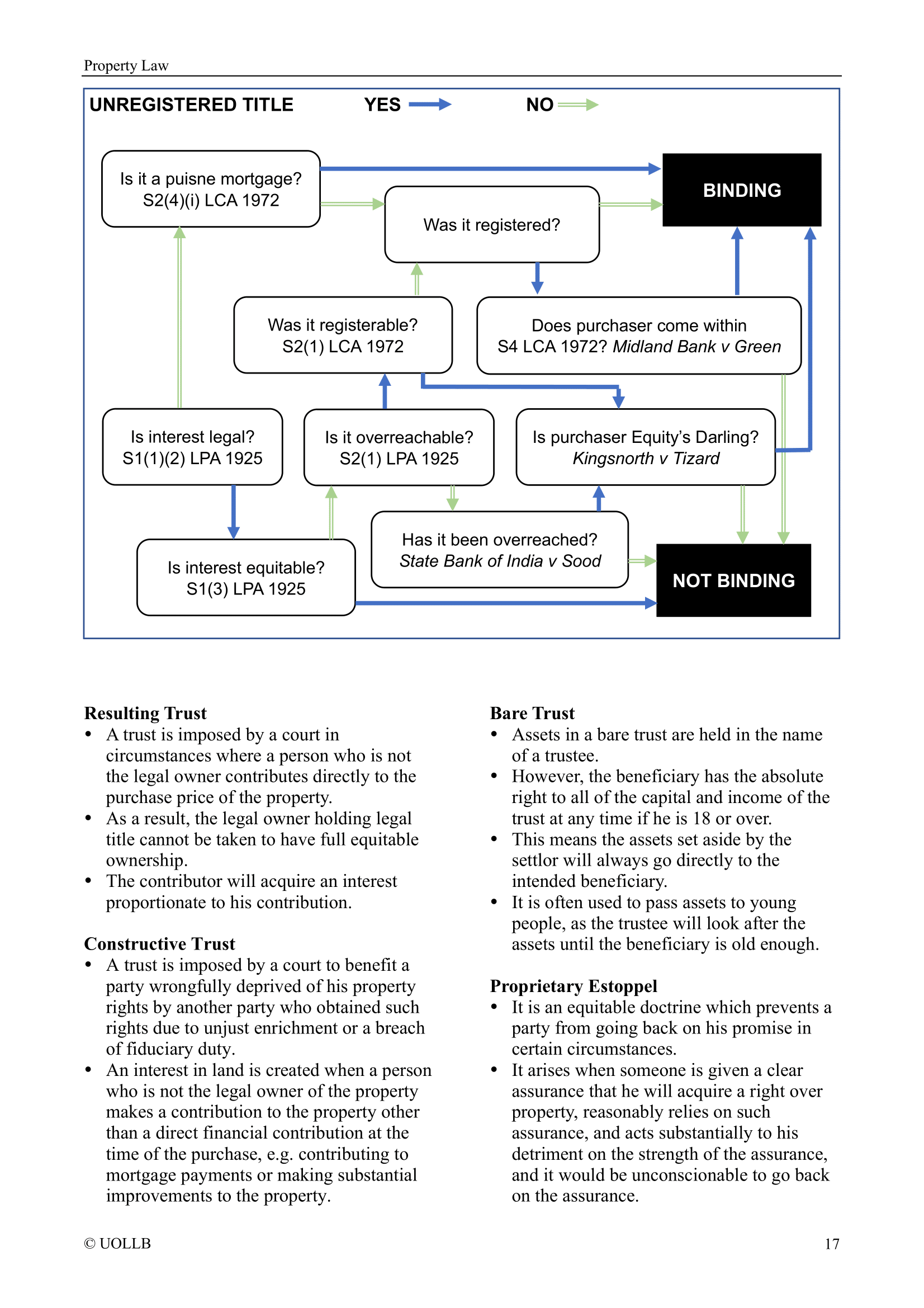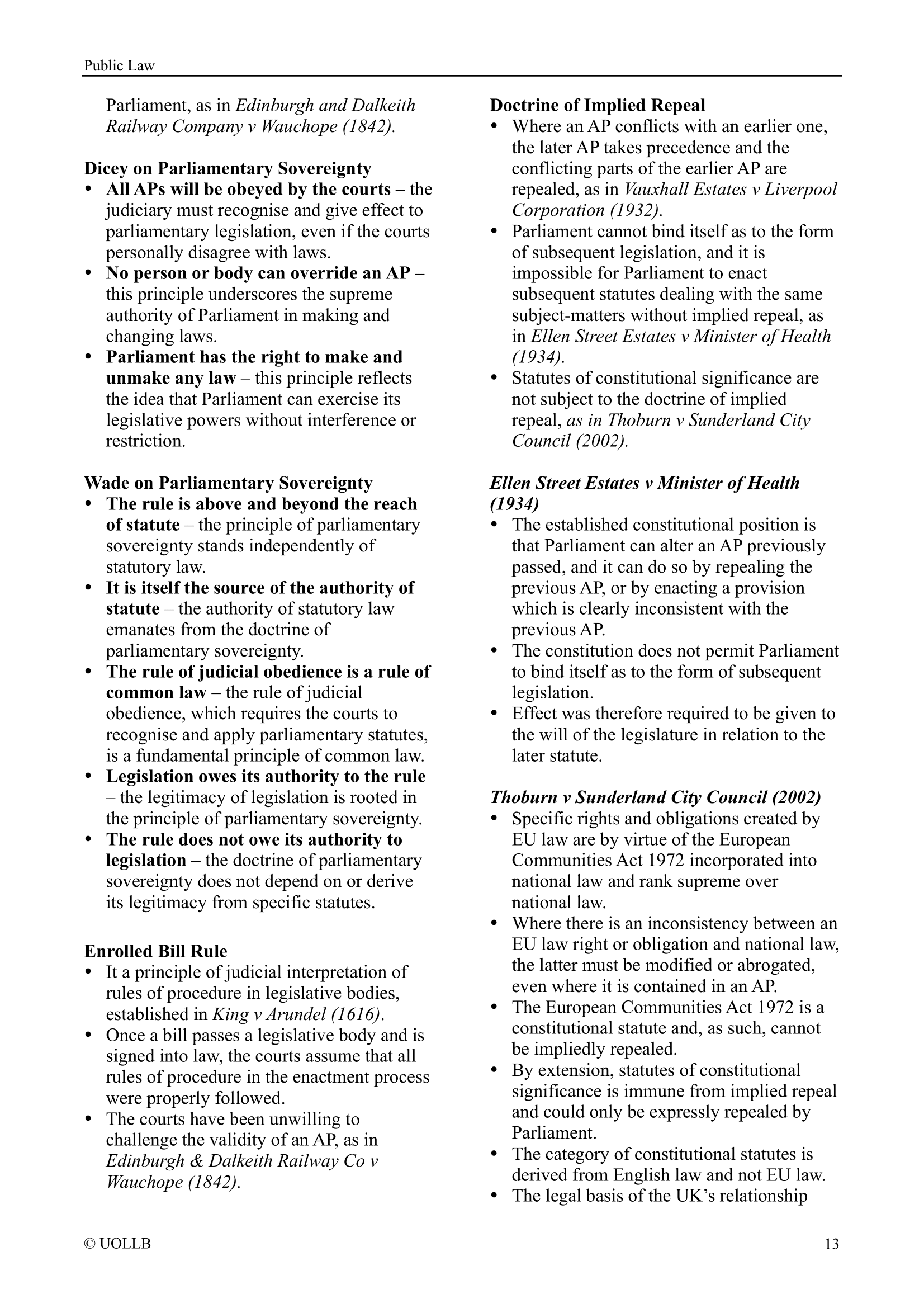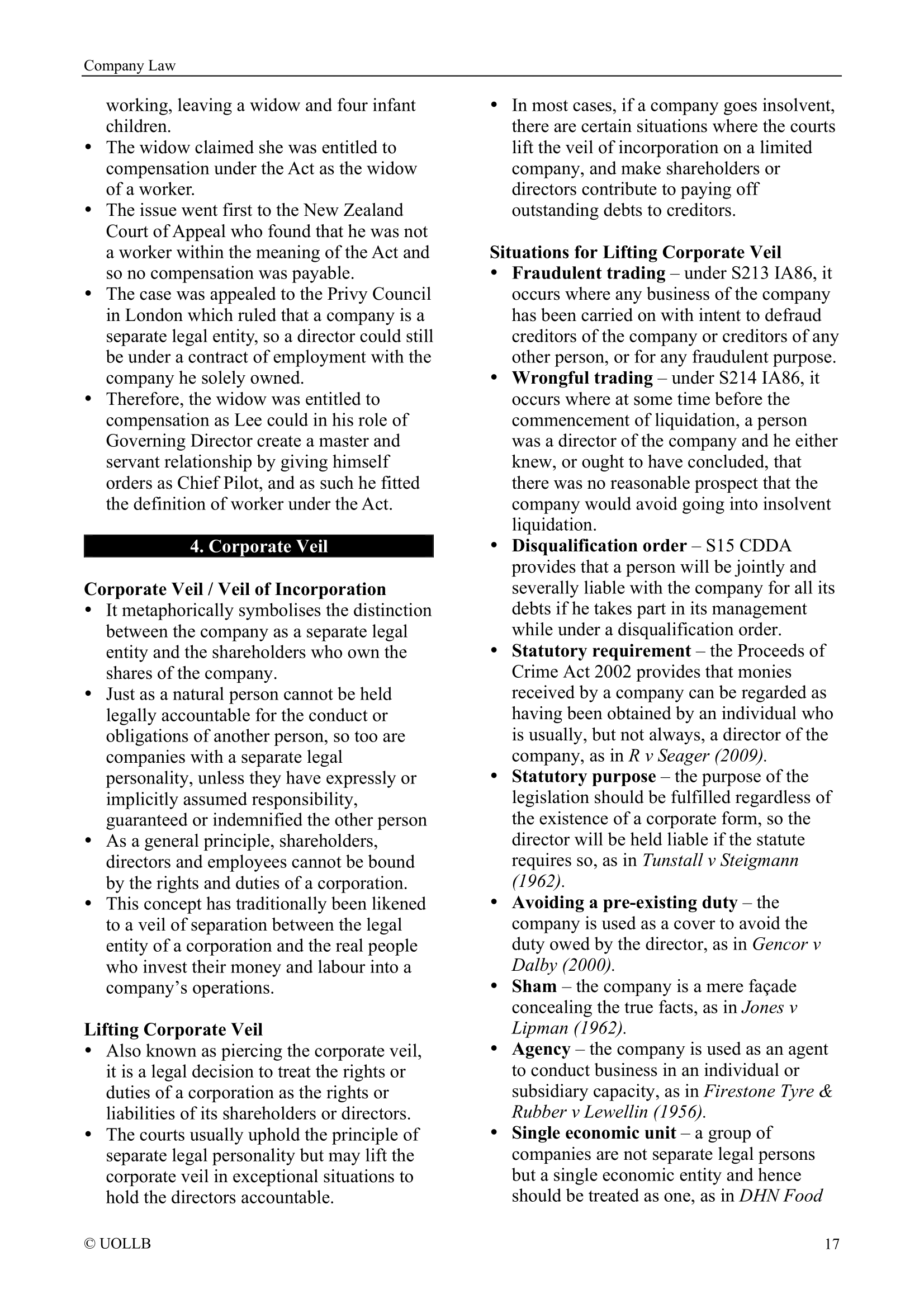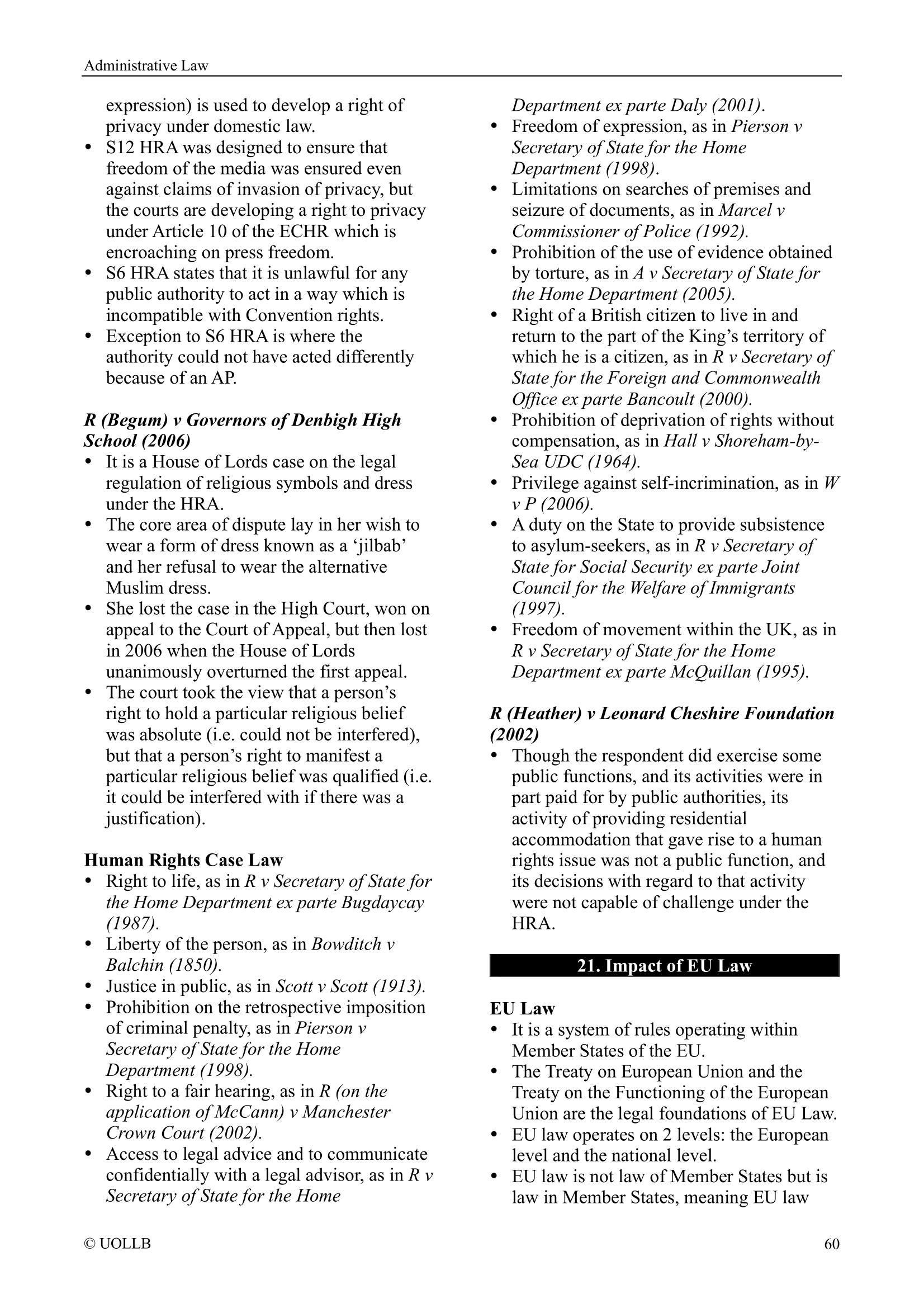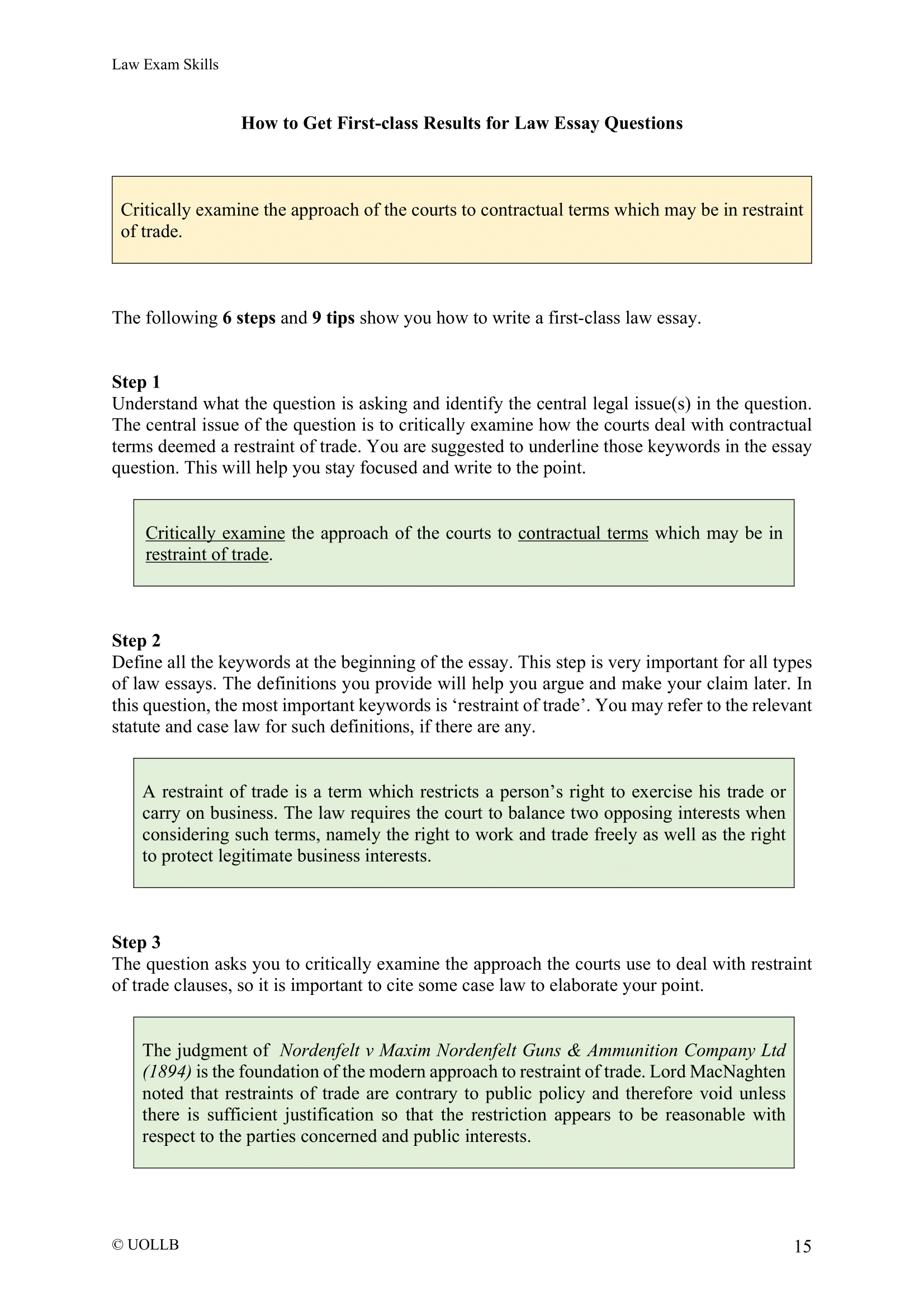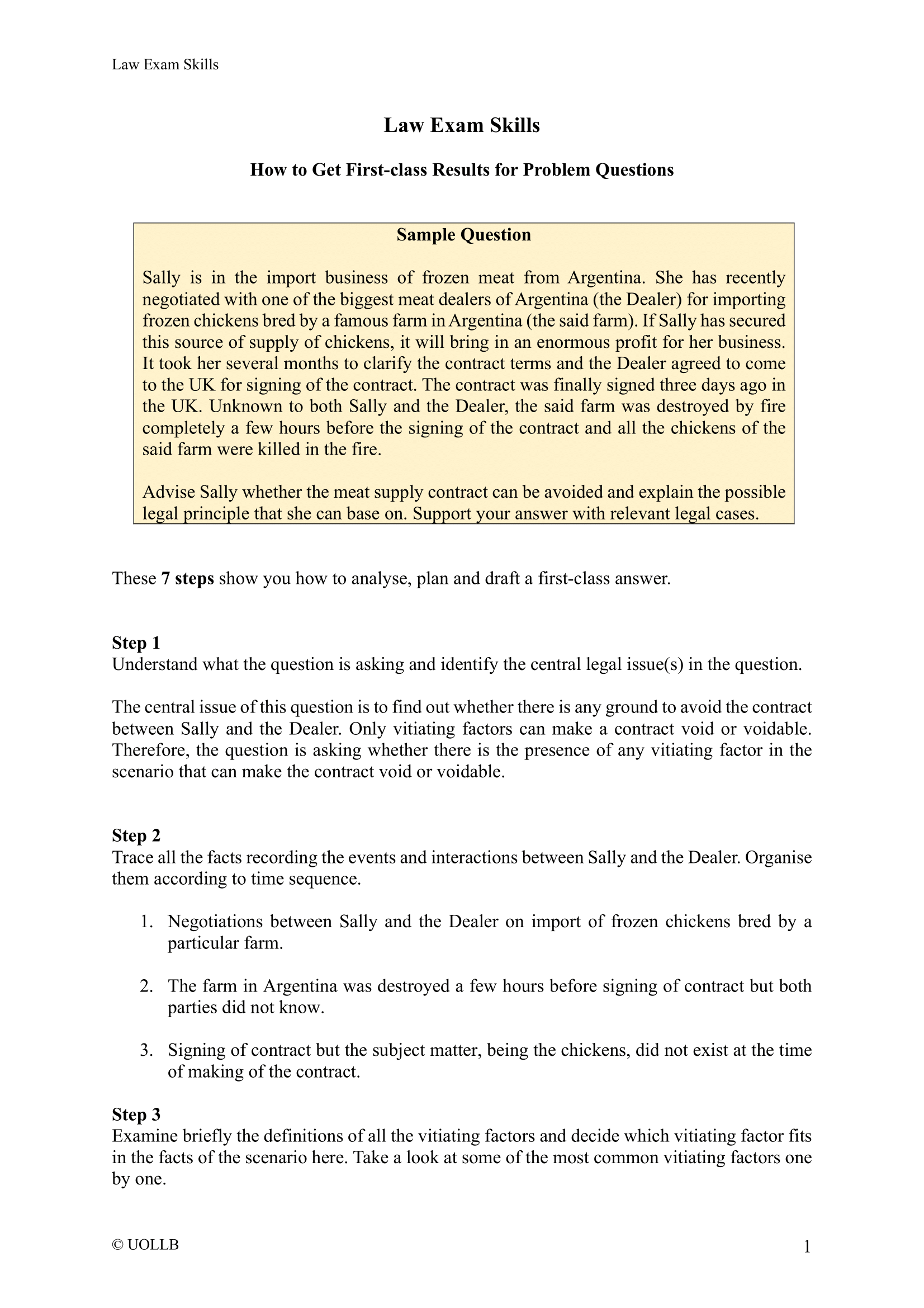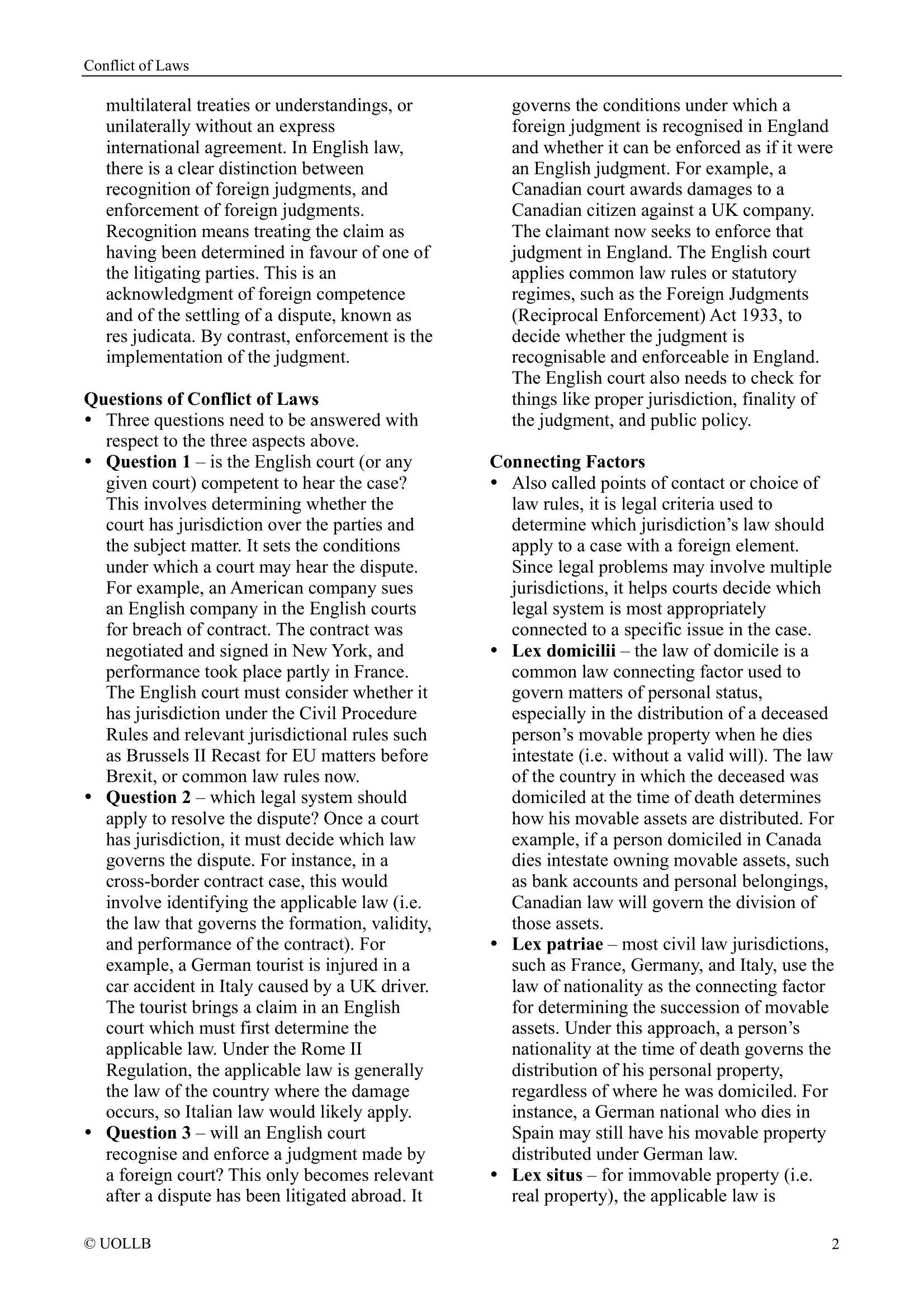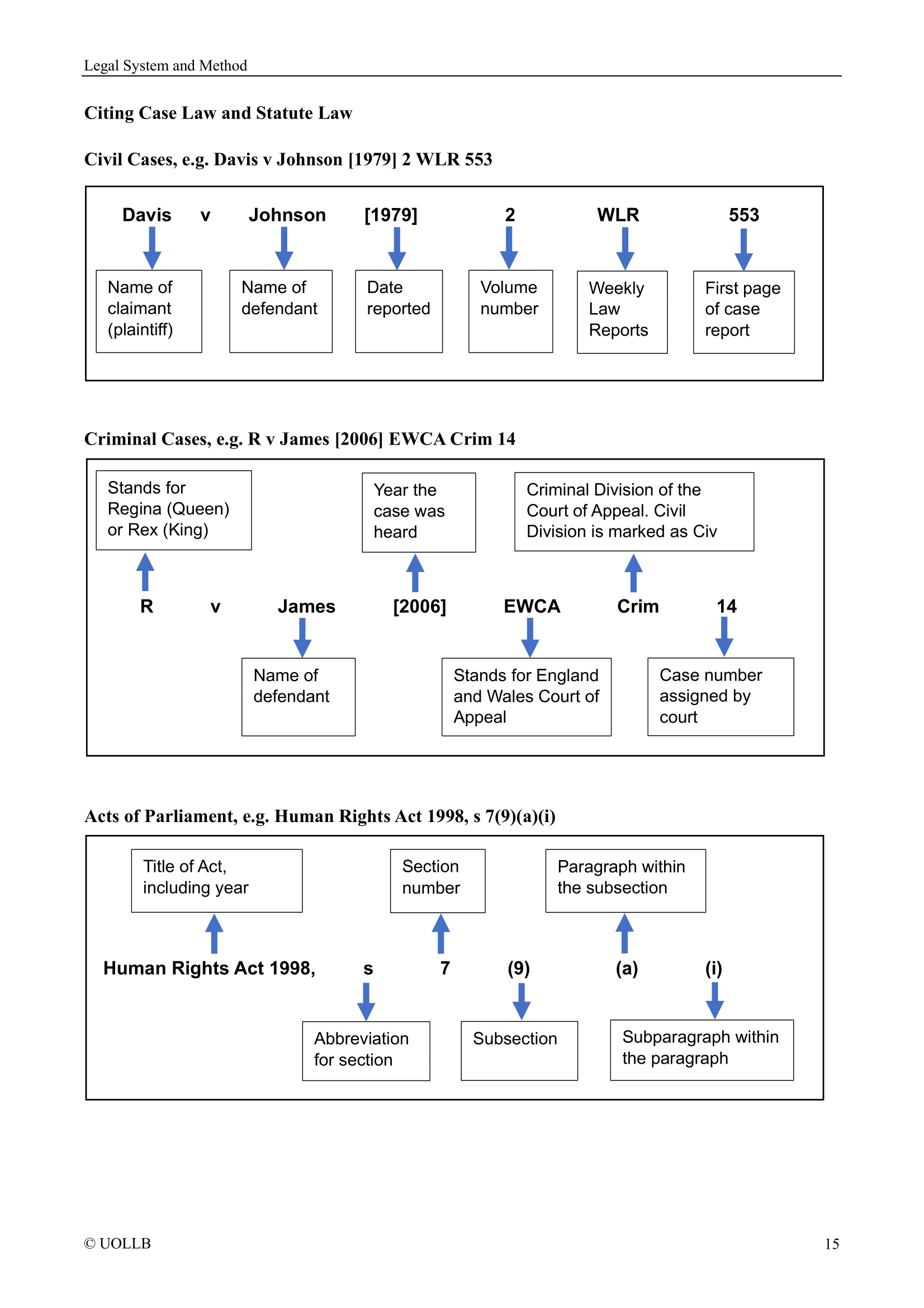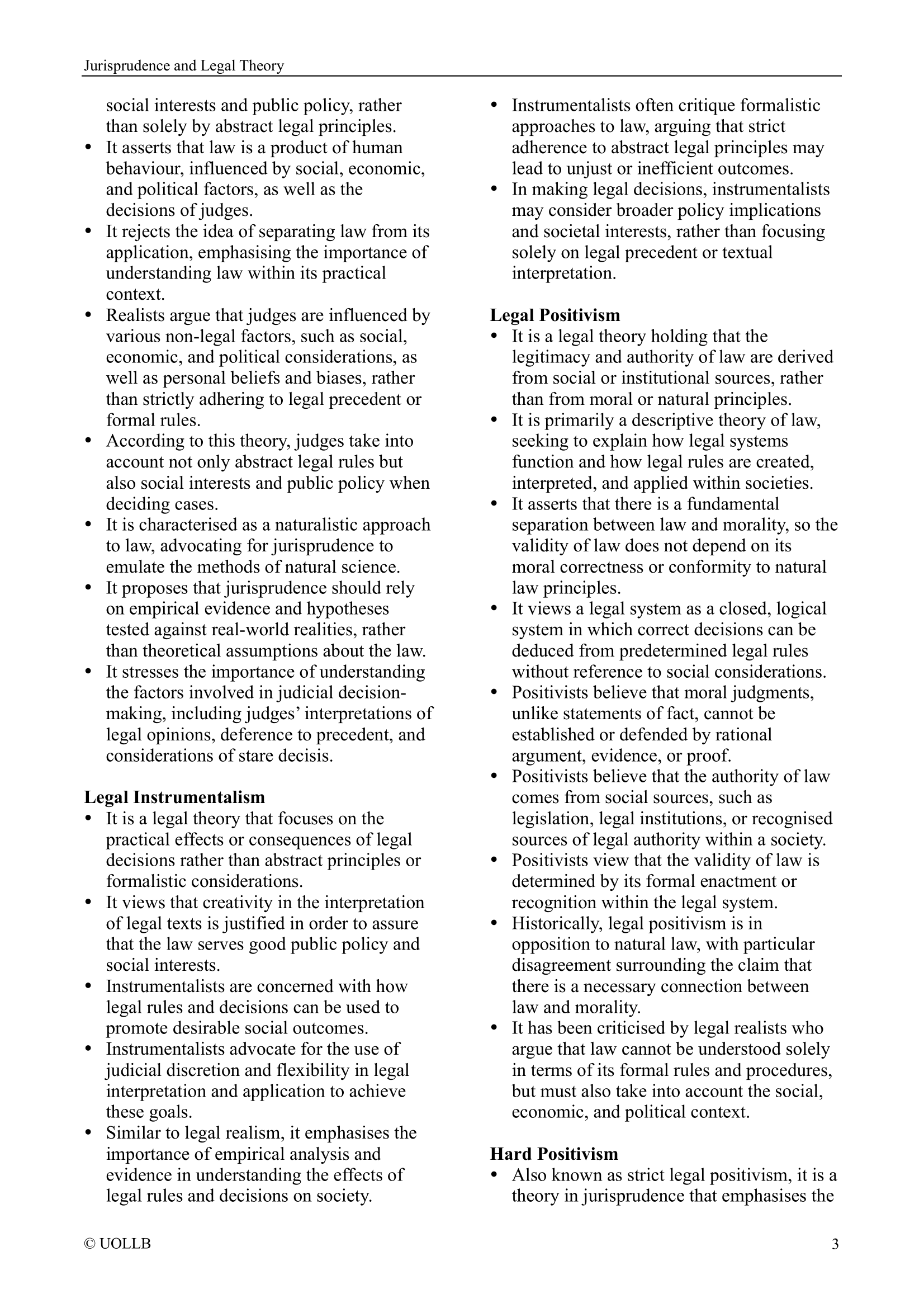Beswick v Beswick [1967]
Share
Beswick v Beswick [1967] UKHL 2, [1968] AC 58 is a landmark English contract law case that dealt with the issue of privity of contract and specific performance. The House of Lords, in its decision, overruled the judgment of Lord Denning in the Court of Appeal, establishing that a person not party to a contract had no independent standing to sue to enforce it, even if the contract was intended for their benefit. The case's significance extends beyond its specific facts, as it has been codified by statute in the United Kingdom and remains relevant in many Commonwealth common law jurisdictions.
Old Peter Beswick, a coal merchant in Lancashire, entered into an agreement with his nephew, John Joseph Beswick, regarding the transfer of the business. The agreement stipulated that Peter would assign his business to John in exchange for John employing him for the rest of his life and paying a weekly annuity to Peter's wife, Mrs Beswick. Since the annuity provision benefited someone not party to the contract, John did not believe it was enforceable and made only one payment.
Lord Denning in the Court of Appeal held that Mrs Beswick, as a third party intended to benefit from the contract, was entitled to claim. He emphasised that when a contract is made for the benefit of a third person who has a legitimate interest in enforcing it, that person can enforce it in the name of the contracting party. The court viewed the third person as having a right arising by way of contract.
The House of Lords disagreed with Lord Denning, ruling that the law did not allow third parties to sue to enforce benefits under a contract. However, they held that Mrs Beswick, in her capacity as Mr Beswick's administratrix, could enforce the nephew's promise to pay the annuity. The court also granted Mrs Beswick the right to specific performance of the contract.
The case is significant in the context of privity of contract, highlighting the traditional rule that only parties to a contract could enforce its terms. The judgment's impact resonated beyond the specific case, contributing to the ongoing discussion on the need for reform in contract law to address the limitations imposed by privity.
The judgment's influence is evident in subsequent legislative developments, particularly the Contracts (Rights of Third Parties) Act 1999 in the United Kingdom. This Act provides a general right for third parties to enforce a contract when expressly identified or intended to benefit, representing a shift away from the strict privity rule.
In conclusion, this case remains a notable case in contract law history, reflecting the tension between the traditional privity doctrine and the recognition of third-party interests in contractual arrangements. The subsequent legislative changes in the UK demonstrate a response to the challenges posed by the privity rule, aiming to strike a balance between contractual autonomy and the protection of third-party interests.
